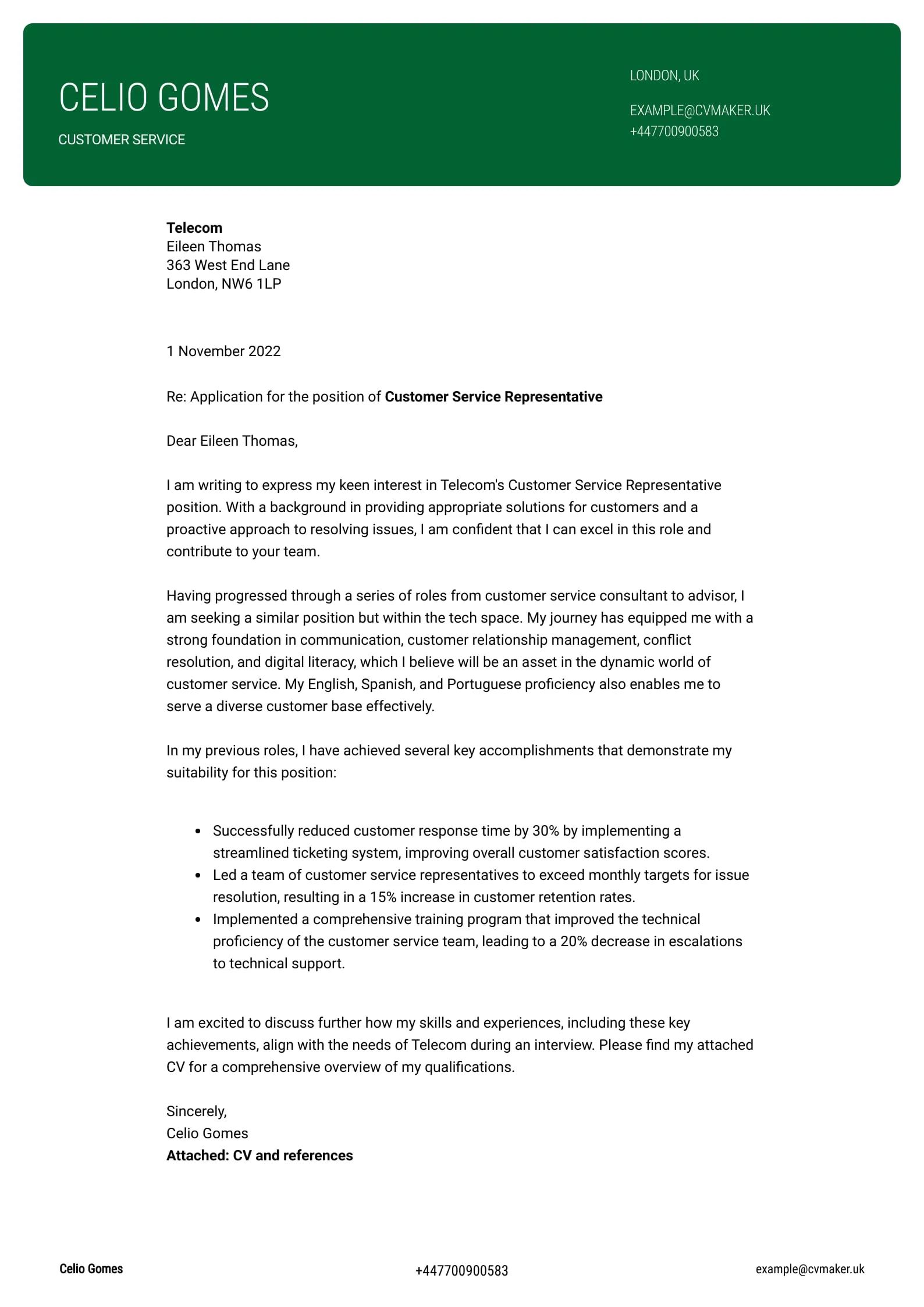What is a Cover Letter?
A cover letter is a crucial document that accompanies your resume when applying for a job. It serves as your introduction to a potential employer, providing an opportunity to showcase your personality, skills, and enthusiasm for the position. Unlike a resume, which is a factual summary of your experience, a cover letter allows you to tell a story and explain why you are the perfect fit for the role. A well-written cover letter can significantly increase your chances of getting an interview, as it demonstrates your genuine interest in the company and the specific job.
The Purpose of a Cover Letter
The primary purpose of a cover letter is to persuade the hiring manager that you are worth considering for an interview. It’s your chance to make a strong first impression and highlight the key aspects of your resume that are most relevant to the job. A cover letter should clarify your career goals, explain your interest in the company, and demonstrate how your skills and experiences align with the job requirements. It also provides an opportunity to address any potential gaps in your resume or explain any unusual circumstances related to your employment history.
Why a Cover Letter is Important
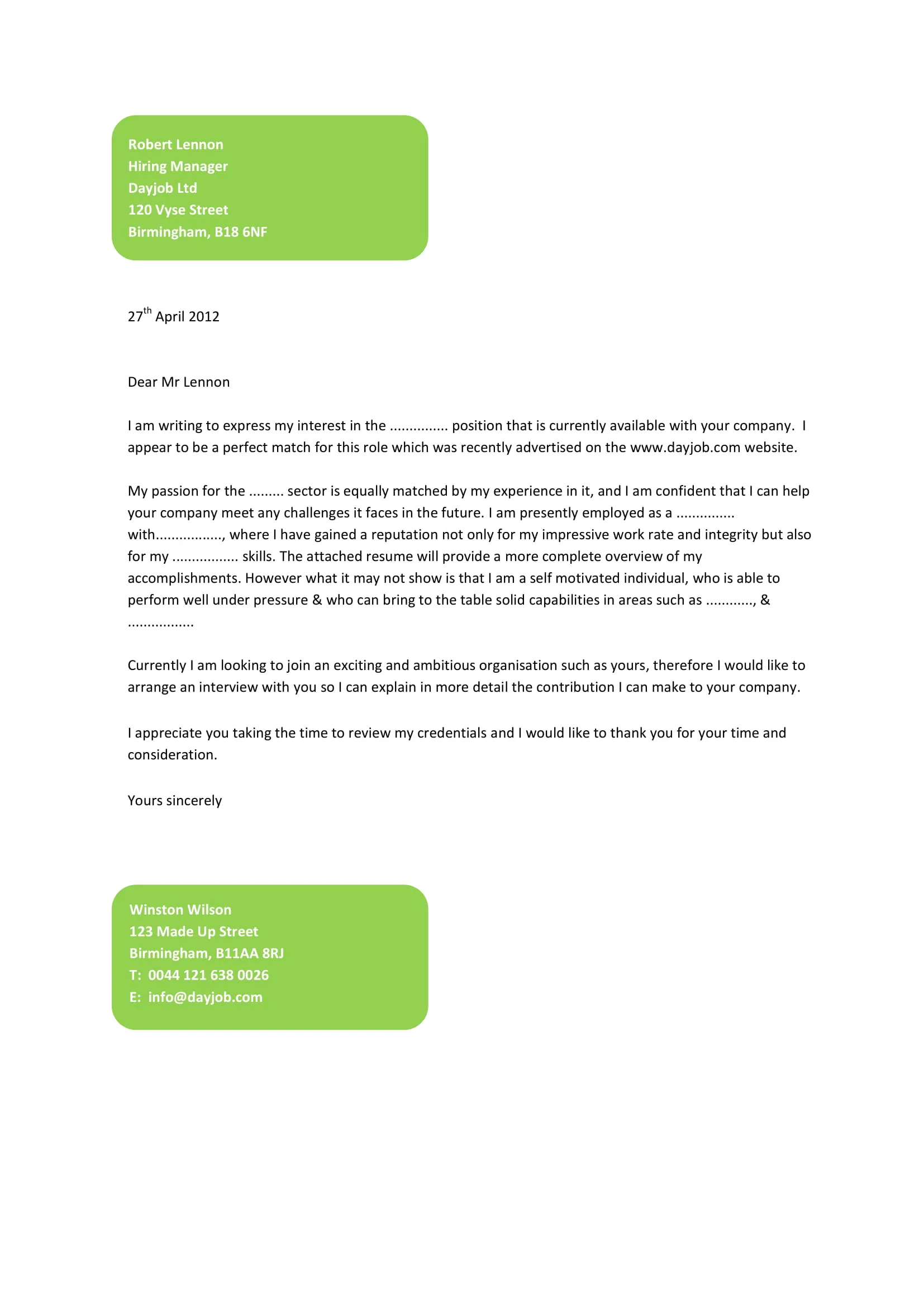
In today’s competitive job market, a cover letter is often essential for standing out. It helps you personalize your application and differentiate yourself from other candidates who may have similar qualifications. A well-crafted cover letter demonstrates your writing skills, attention to detail, and genuine interest in the position. It shows that you’ve taken the time to research the company and understand their needs. Moreover, it provides context to your resume, helping the hiring manager quickly understand your qualifications and how they relate to the job.
Key Components of a Winning Cover Letter
A winning cover letter comprises several key components that work together to create a compelling application. Each section plays a crucial role in conveying your qualifications, enthusiasm, and suitability for the job. Structuring your letter in a clear, concise, and professional manner is essential. The following sections are important to make a strong cover letter.
Contact Information
Begin with your contact information, including your name, address, phone number, and email address. This should be placed at the top of the letter, either left-aligned or centered. Make sure your email address is professional and that your phone number is up-to-date. Including your LinkedIn profile URL is also a good practice, as it provides the hiring manager with additional information about your professional background and network.
Professional Greeting
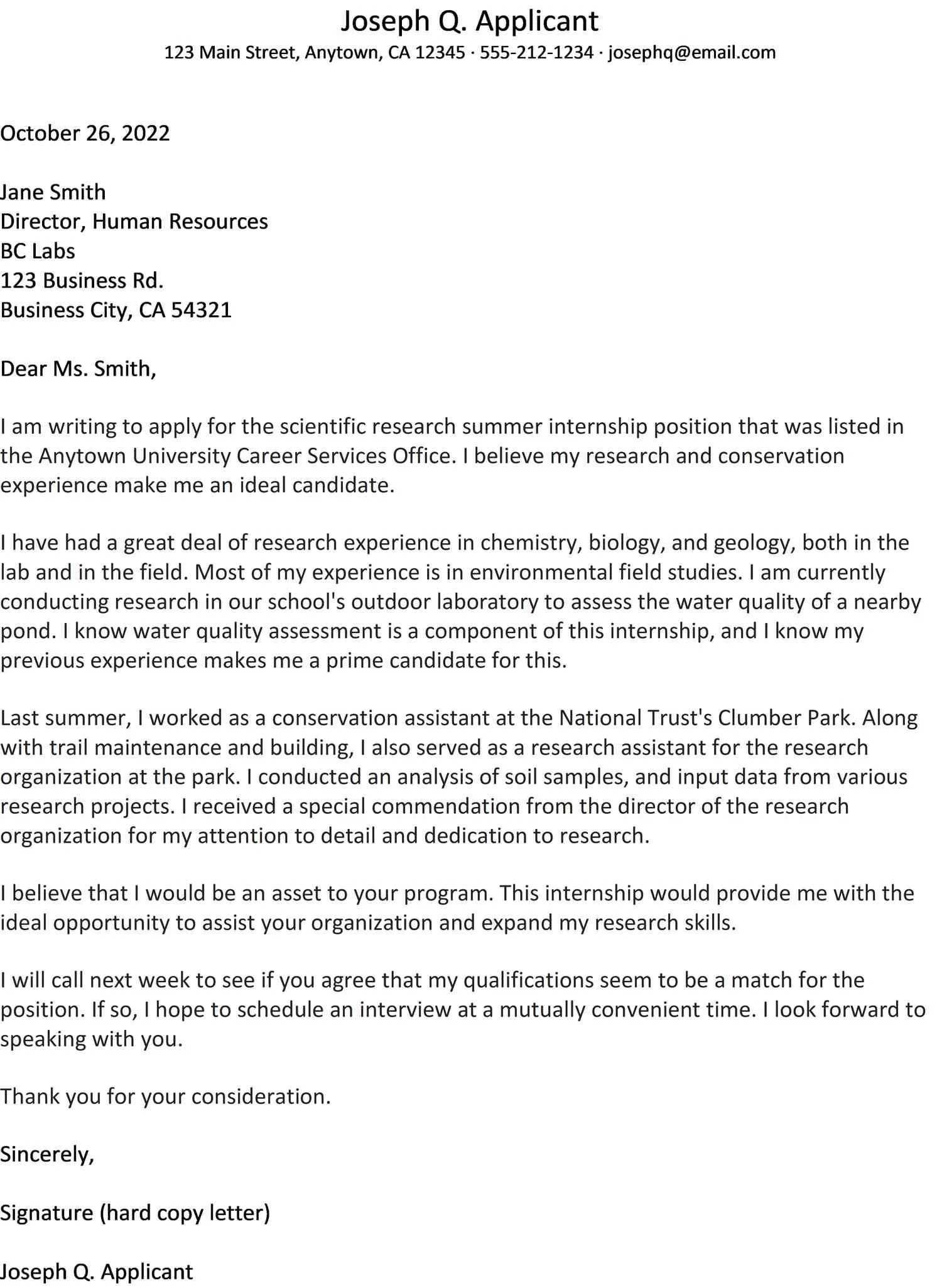
Address the hiring manager by name whenever possible. Research the company website or LinkedIn to find the name of the hiring manager or the person to whom you should address your letter. If you cannot find a specific name, use a professional salutation like “Dear Hiring Manager” or “Dear [Department] Team”. Avoid generic greetings like “To Whom It May Concern,” as they can make your letter feel impersonal.
The Introduction Paragraph
The introduction is your first opportunity to grab the reader’s attention. State the specific position you are applying for and where you found the job posting. Briefly mention something that sparked your interest in the company or the role. Clearly state your intention to apply for the position and express your enthusiasm.
Highlighting Your Skills and Experience
This section is where you showcase your relevant skills and experience. Focus on the qualifications that directly align with the job requirements outlined in the job description. Provide specific examples of your accomplishments and explain how your skills have benefited previous employers. Tailor this section to each job application, highlighting the most relevant aspects of your background. Mention specific projects or achievements that demonstrate your capabilities.
Tailoring Your Letter to the Job Description
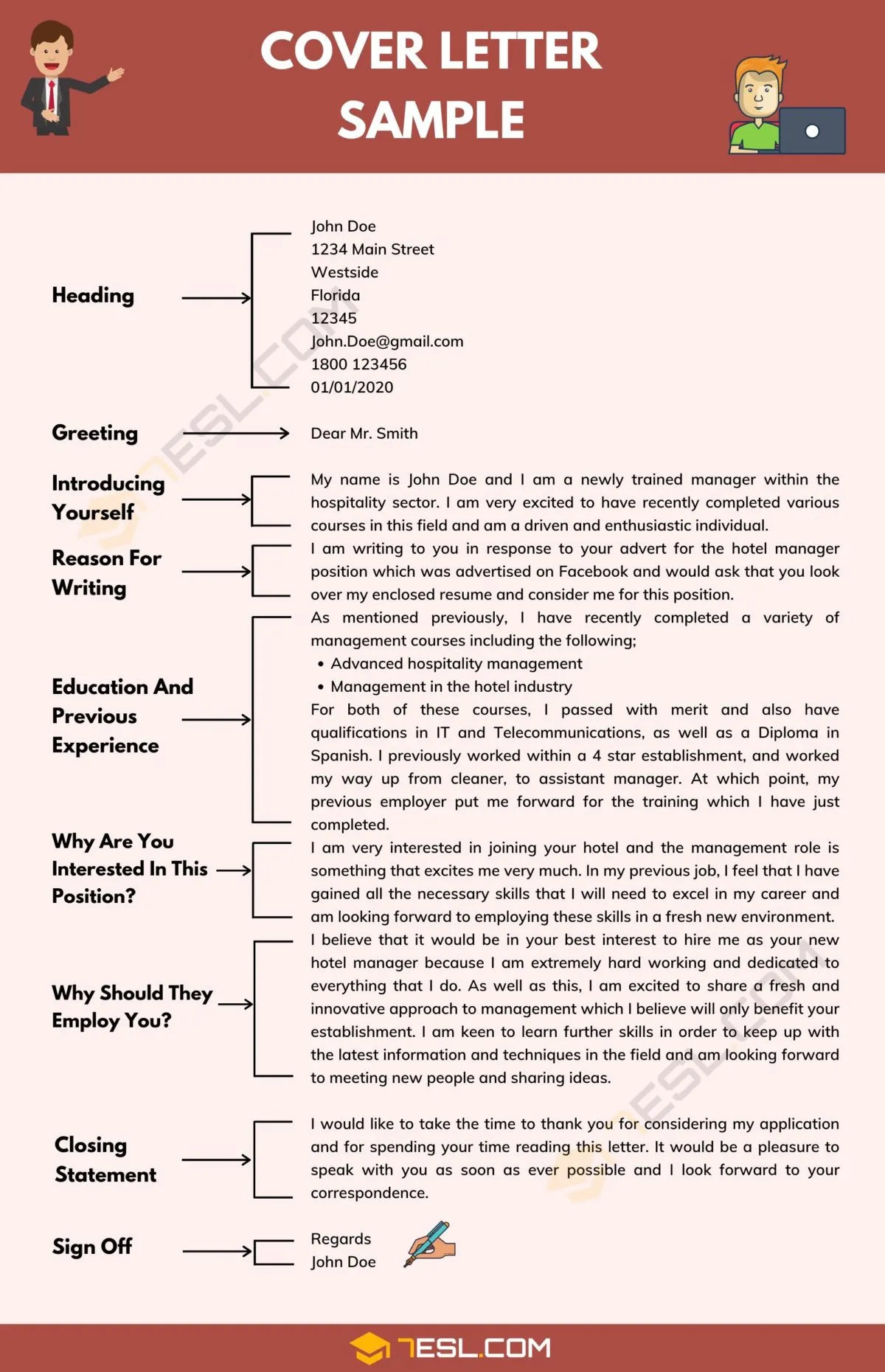
Customize your cover letter for each job application. Carefully review the job description and identify the key skills and qualifications the employer is seeking. Then, in your cover letter, explicitly mention how your skills and experience match those requirements. This demonstrates that you understand the role and have taken the time to tailor your application to their specific needs. This shows that you are a good fit for the role.
Showcasing Your Achievements
Instead of simply listing your responsibilities, highlight your accomplishments and quantify your results whenever possible. Use action verbs to describe your achievements. For example, instead of saying “Managed social media accounts,” say “Increased social media engagement by 30% through strategic content creation.” Focus on tangible results, such as increased sales, improved efficiency, or successful project completion. Achievements give a better picture of your experience.
Quantifying Your Accomplishments
Whenever possible, quantify your achievements to provide concrete evidence of your skills and contributions. Use numbers, percentages, and statistics to demonstrate the impact you’ve made in previous roles. For example, if you improved customer satisfaction, state the percentage increase. If you managed a budget, state the amount. Providing quantifiable results makes your accomplishments more compelling and memorable.
Expressing Enthusiasm and Fit
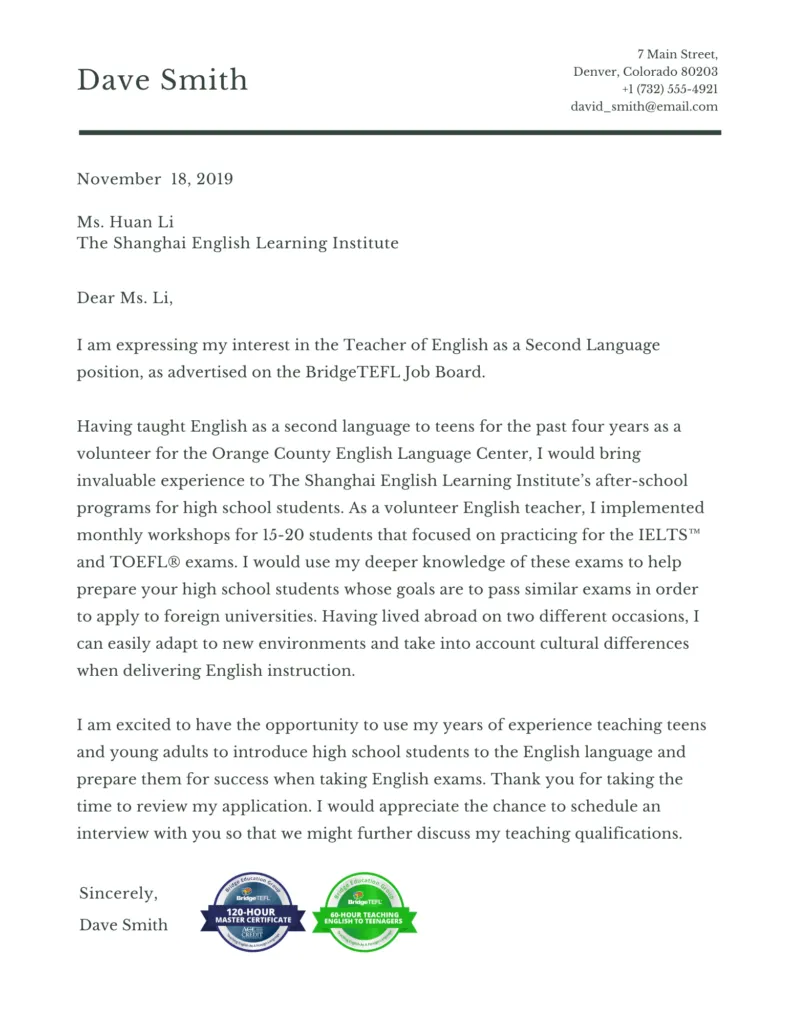
Throughout your cover letter, express your enthusiasm for the position and the company. Explain why you are interested in the role and what motivates you to apply. Briefly discuss how your values align with the company’s mission and culture. This shows that you are not only qualified but also genuinely excited about the opportunity.
The Closing Paragraph
The closing paragraph should reiterate your interest in the position and thank the hiring manager for their time and consideration. Express your availability for an interview and provide your contact information again. Make sure to use a professional closing, such as “Sincerely,” or “Best regards,” followed by your typed name.
Expressing Gratitude
In the closing paragraph, express your gratitude to the hiring manager for considering your application. Thank them for their time and acknowledge their attention to your qualifications. This shows respect and leaves a positive impression.
Call to Action
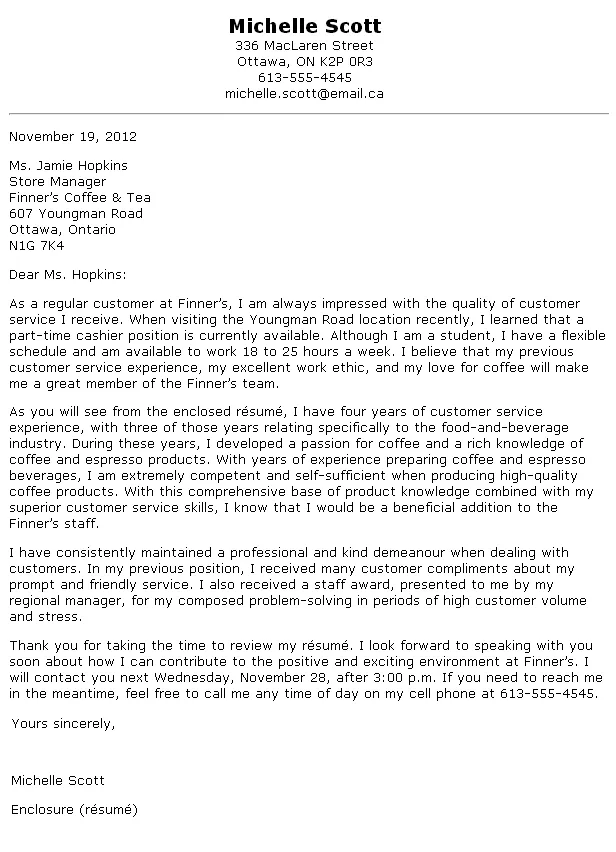
End your cover letter with a clear call to action. State your availability for an interview and express your eagerness to discuss your qualifications further. You can also mention that you have attached your resume for their review and look forward to hearing from them soon. This shows you are taking initiative.
Cover Letter Example for Different Job Types
Cover letters need to be adapted depending on the roles applied for. Here are some examples.
Entry-Level Position Cover Letter Example
When applying for an entry-level position, emphasize your relevant skills, education, and any internships or volunteer experiences you’ve had. Highlight any coursework, projects, or extracurricular activities that demonstrate your abilities. Show your enthusiasm for the role and your willingness to learn and grow within the company. Since you have less experience, focus on what you have and your potential.
Experienced Professional Cover Letter Example
For experienced professionals, focus on your accomplishments and quantifiable results. Provide specific examples of how you have contributed to previous employers’ success. Tailor your letter to match the job requirements, highlighting your expertise and leadership skills. Demonstrate your understanding of the industry and the challenges the company faces.
Industry-Specific Cover Letter Example
If you are applying for a job in a specific industry, customize your cover letter to reflect your knowledge of the industry and its trends. Use industry-specific language and demonstrate your understanding of the company’s position in the market. Highlight your relevant skills and experience, and explain how you can contribute to the company’s goals.
Tips for Proofreading and Editing Your Cover Letter
Proofreading and editing your cover letter are essential steps to ensure that it is free of errors and presents you in the best possible light. A polished cover letter demonstrates your attention to detail and professionalism. Carefully review your letter for any typos, grammatical errors, or inconsistencies.
Proofreading Checklist
Use a proofreading checklist to review your cover letter systematically. Check for spelling errors, grammatical errors, and punctuation mistakes. Verify that your contact information is correct and that you have addressed the hiring manager appropriately. Ensure that the content flows logically and that your message is clear and concise. Have a friend or family member review your letter for feedback.
Formatting and Design Tips
Pay attention to the formatting and design of your cover letter. Use a professional font, such as Times New Roman or Arial, and maintain a consistent font size. Use clear and concise language, and keep your paragraphs short and easy to read. Avoid using overly complex sentence structures or jargon. Ensure your letter is well-organized and visually appealing. Use bullet points to highlight key accomplishments or skills.
Common Mistakes to Avoid
Avoid common mistakes that can undermine your cover letter. Do not send a generic cover letter; always tailor it to the specific job and company. Do not exceed one page in length. Avoid using clichés or overly formal language. Do not include irrelevant information or discuss your personal life. Refrain from being negative about previous employers.
Sending Your Cover Letter
When sending your cover letter, pay attention to the format and presentation. If submitting online, save your cover letter as a PDF file to preserve the formatting. Use a professional email address and write a concise subject line, such as “Application for [Job Title] - [Your Name].” In the email body, briefly reiterate your interest in the position and mention that your cover letter and resume are attached. Ensure your attachments are correctly labeled.
How to Save Your Cover Letter
Always save your cover letter as a PDF file to ensure that the formatting is preserved when the recipient opens it. Name your file using a clear and professional naming convention, such as “YourName_CoverLetter_JobTitle.pdf.” This helps the hiring manager easily identify your application and keeps your documents organized.
Follow-Up Strategies
After submitting your cover letter and resume, follow up with the hiring manager or recruiter. Send a brief email or make a phone call within a week or two to express your continued interest in the position. Reference your application and reiterate your qualifications. This shows your proactive approach and demonstrates your enthusiasm for the opportunity. Be patient and persistent, and remember that it may take some time for the hiring process to unfold. Keep applying for other jobs.
